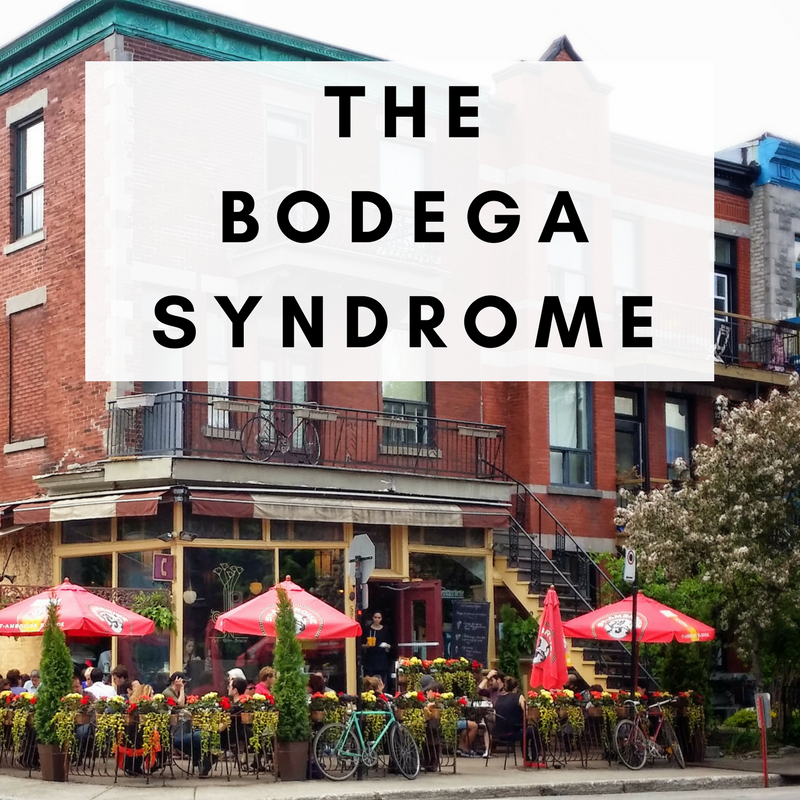
While attending the recent Bisnow even, Seattle: Retail and Mixed-Use Breakdown, Maria Barrientos (co-owner of Barrientos RYAN, www.mbarrientos.com) was speaking about retail projects in her mixed-use projects around Seattle.
*A bit about Maria. Her firm has been developing residential, mixed-use projects in the various Seattle neighborhoods for 15 years. Through the ups and downs we have all experienced during that time, her firm has been place making with great success.
One of her themes was the benefit of small, local retail outlets have on neighborhoods as well as to the retailer. As she spoke, my mind went directly to grocery. I live in a neighborhood with three grocery stores in walking distance from my house. What I realized is that I shop at all three stores when I get my groceries each week. Why is this? I call it The Bodega Syndrome.
First, what is a bodega? For this post, a bodega is referring to the small corner store, usually associated with New York City. It comes from the Spanish word for grocery store, la bodega.
So why is the Bodega Syndrome interesting?
For the customer
Speaking as a customer, I am passionate about my neighborhood and passionately support those business in my neighborhood. This means I spend my grocery dollars around all the shops near me. I know that meat and flowers are great at one location, staples less expensive at another and that the last store does organic produce better than anyone.
This also goes for other retailers. Dinner dollars are spent across all the restaurants in my neighborhood. Gifts, mani pedis, all of it is spread out to support my local neighborhood.
This is a benefit for me because all that I need is a short walk from my front door. No car, no traffic, no parking lots. What I get instead is a run-in with my other neighbors, the ability to share a cup of coffee, buy a girl scout cookie (well more than one) and feel part of something: MY community.
For the owner
The local “bodega” store is also a great benefit for the owner. The smaller square footage reduces overhead (lower rent), provides more foot traffic, allows for a smaller, more curated offering (less storage), and develops customer loyalty.
The lower rent is a big deal. The same budget for a big-box, suburban strategy that builds four stores could build eight to 10 in the smaller, mixed-use footprint. This gets a brand’s name into a more diverse, foot trafficked area while building a loyal – passionately loyal – customer base.
Is my bodega syndrome the holy grail of the new retail paradigm? Is it a new idea? Can I trademark it and make a few bucks?! The answer to all is no. But still, the concept has merit and was exciting to think through the possibilities as we discussed Retail and Mixed-Use in Seattle.
What do you think? I am sure there are greater minds than mine. It would be great to hear how this has worked, not worked, or other benefits I have not discussed.
Comment below!